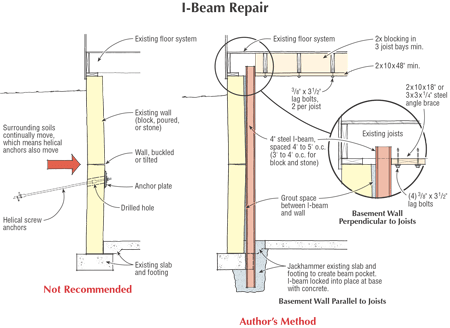Soon the combined forces of water and efflorescence will break the seal and the pipe will begin to leak once more.
How to seal concrete basement wall outside around pipe inlet.
Corrosion of water sweating pipes and hydrostatic pressure can erode away the concrete around the pipe.
A waterproof membrane is often installed on the outside of the basement wall and the system also requires putting in a buried sump pump where water will collect and then be pumped to the surface.
When pipes pass through basement walls underground ground water can leak in around the pipes and through the concrete.
Many times shifting soil or a house settling can create a gap around the pipe and an escape route for water before it reaches the foundation drain pipe.
The randonseal plus deep penetrating concrete sealer seals the concrete against basement moisture by penetrating up to 4 inches and internally sealing the concrete it blocks the micro pores and capillaries to prevent water vapor water spillage radon gas and efflorescence directly through the basement floor or walls.
These types of drains utilize a series of pipes that run below the basement floor and around the perimeter of the home.
The most common source of water seepage in a poured concrete foundation is a non structural crack in the basement wall.
Professionals will sometimes try to inject epoxy or occasionally grout into the gap around.
The efflorescence will break down the seal while the water pressure pushes at the caulk or cement.
Concrete walls sometimes only leak periodically such as after a hard rain or during snow melts.
However some walls gush water through openings in the concrete.
Exterior crack repair as noted earlier foundations constructed of poured concrete are the most common variety found almost anywhere.
The sealer hardens and.
As this happens a void opens up that allows water from outside seep in next to the pipe.
Foundation wall epoxy injection.
How to seal a leaking concrete wall.



























